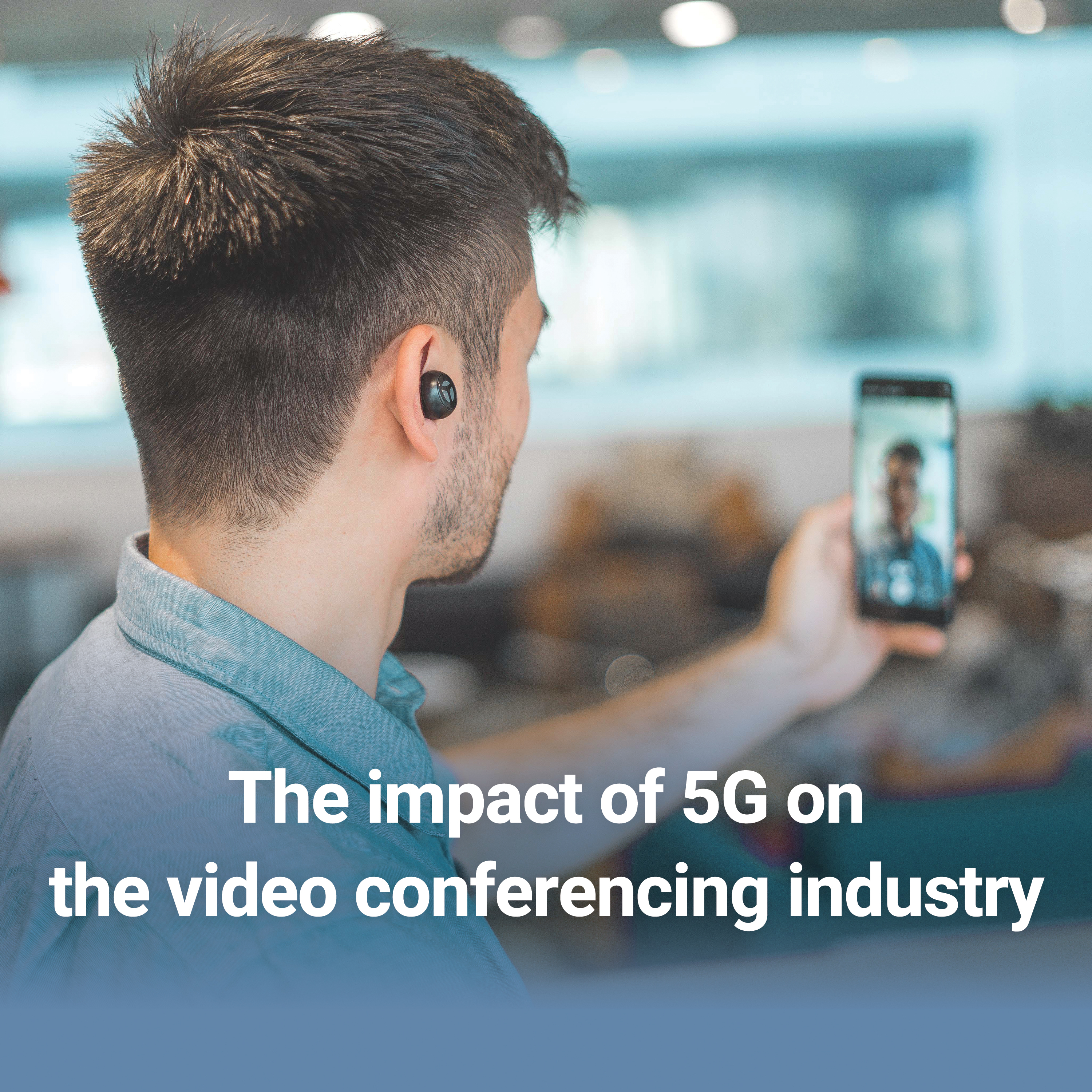Technology Evolving
With remote work becoming increasingly common, video conferencing has become a crucial tool for businesses to communicate and collaborate effectively. To meet the growing demand for high-quality video conferencing solutions, the AV industry is constantly evolving and innovating. In this blog, we will explore some of the latest emerging technologies in AV systems for video conferencing.
Exploring the Different Options
AI-Powered Video Analytics
Artificial intelligence (AI) has become a game-changer in video conferencing. AI-powered video analytics can automatically adjust camera angles, focus, and lighting to provide the best possible viewing experience. This technology can also recognize and track participants, so the camera can follow them as they move around the room, providing a more interactive and engaging experience.
AI-powered video analytics can provide valuable insights into meeting dynamics and participant engagement. By analyzing video data, AI algorithms can identify patterns in speech, facial expressions, and body language, providing insights into how participants are responding to the meeting content. This can be particularly useful for businesses that conduct frequent meetings or presentations and want to improve their communication and collaboration strategies. In addition, AI-powered video analytics can help reduce the workload on IT support by automatically detecting and resolving technical issues, such as network connectivity or equipment malfunction. As AI continues to advance, we can expect to see more sophisticated and intelligent video conferencing systems that can adapt to individual preferences and behaviors, further enhancing the user experience.

Cloud-Based Collaboration Tools
Cloud-based collaboration tools are transforming the way teams work together. These tools enable remote team members to share documents, files, and presentations in real-time. They can also collaborate on projects and brainstorm ideas using virtual whiteboards and interactive tools, providing an immersive and engaging experience.
Cloud-based collaboration tools can improve productivity by enabling team members to work from anywhere, at any time, using any device. This flexibility can lead to faster decision-making, streamlined workflows, and increased efficiency. In addition, cloud-based collaboration tools can help businesses reduce their environmental footprint by minimizing the need for travel and in-person meetings, leading to cost savings and a more sustainable way of working. With the increased adoption of cloud-based collaboration tools, we can expect to see more integrations with video conferencing systems, providing a seamless and integrated communication and collaboration experience for remote teams.
Virtual Reality (VR) and Augmented Reality (AR) Integrations
Virtual reality (VR) and augmented reality (AR) technologies are gaining popularity in video conferencing. These technologies enable participants to create virtual spaces that replicate real-world environments. This can enhance the sense of presence and make the communication experience more immersive, especially for remote participants.
VR and AR integrations can facilitate more engaging and interactive presentations, training sessions, and product demos, allowing participants to visualize concepts and products in a more tangible way. This technology can also enable remote teams to collaborate more effectively by creating a shared virtual workspace where participants can interact in real-time. As VR and AR technologies continue to evolve, we can expect to see more creative and innovative applications for video conferencing, providing new ways for businesses to connect and collaborate in a virtual environment. However, it is worth noting that implementing VR and AR integrations can require significant investment in hardware and software, as well as specialized expertise, making it a more advanced solution that may not be practical for all organizations.
5G Connectivity
The fifth generation (5G) of wireless technology is revolutionizing video conferencing. It offers faster internet speeds, reduced latency, and greater network capacity, which can improve video quality and reduce buffering. This technology can also enable more interactive video conferencing experiences, such as virtual reality (VR) and augmented reality (AR) integrations.
The enhanced capabilities of 5G connectivity can also facilitate the adoption of high-resolution video formats such as 4K and 8K, which offer even greater clarity and detail. In addition, 5G's ability to support a higher number of connected devices simultaneously enables smoother and more seamless multi-party conferencing, enhancing collaboration between teams. As 5G infrastructure continues to roll out globally, it is expected to become the standard for video conferencing, providing a significant boost in performance and opening up a range of new possibilities for remote communication and collaboration.
Finding the Best Solution
As remote work becomes more common, the demand for high-quality video conferencing solutions will continue to grow. Emerging technologies in AV systems for video conferencing are transforming the way teams communicate and collaborate, providing new ways to enhance the experience. In response to the growing demand for flexible collaboration spaces, Profound Technologies provides Multi-Purpose Rooms that cater to a range of needs. These spaces are becoming increasingly popular in various settings, including universities, large offices, and worship centers. By utilizing a variety of audio-visual equipment, these rooms can accommodate different types of events and activities. With space being a valuable commodity, having access to versatile rooms that can meet the organization's diverse requirements is essential.


